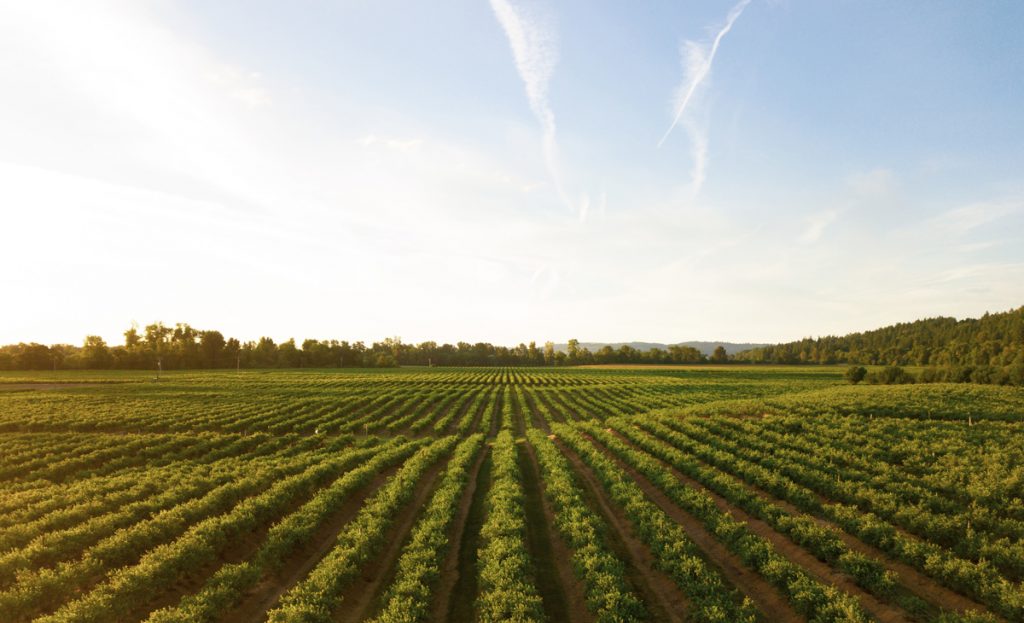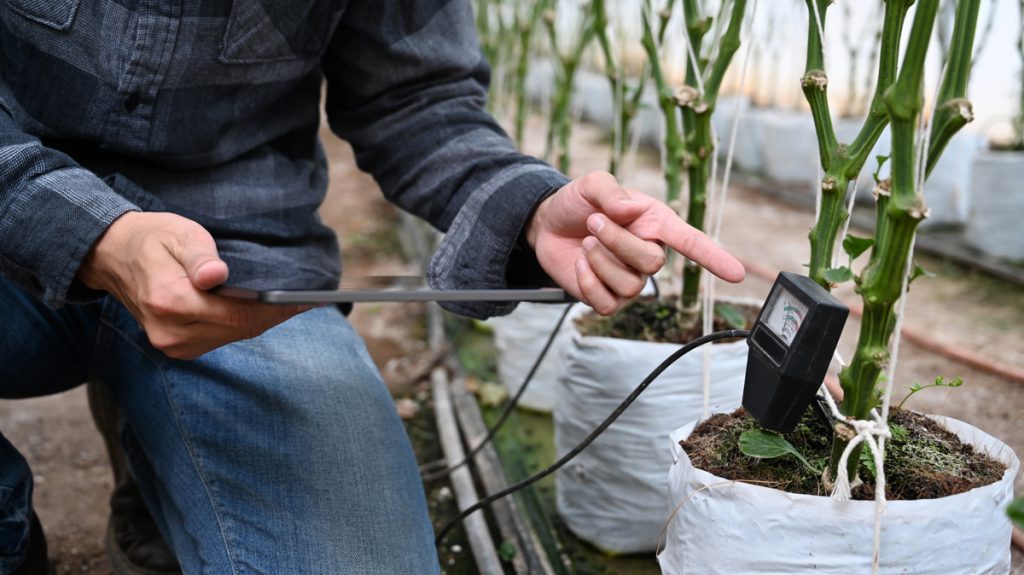IoT IN AGRICULTURE: The Top 5 Uses for Smart Farming
As the world continues to adopt the Internet of Things (IoT), connected devices have continued to pop up in every aspect of our lives, and in every market. From health and fitness, to driving & logistics, manufacturing, and automation, and so much more. It is only fitting that smart devices creep into the agricultural sector. Like other industries, IoT is fast becoming an integral part of the agricultural market, and these smart devices are able to save commercial farmers thousands of dollars every year, if not more, through their implementation by automating and optimizing farm operations.

This market penetration, along with the growing need for commercially farmed food and produce, has led to massive expansion of technology in farming. It is now estimated that the market share for IoT in agriculture is approaching $6 billion.
Within agriculture and farming, IoT devices can help with many things. The most commonly use smart devices in farming are cloud-enabled sensors that provide data inputs on certain elements like moisture content, ambient humidity & temperature, soil PH levels, CO2 and various things like that. What sets apart smart IoT devices from other sensors, is the AI aspect that allows them to not only record and track the data points from the sensors, but also to provide insights and suggestions based on the readings. These insights can then be used to fully optimize the farm operations, leading to a better managed farm with an average higher crop yield, thus producing more revenue.
Top IoT Uses in Agriculture

- Monitoring Climate Conditions One of the most common uses for smart agricultural devices is for monitoring the weather and climate. By using IoT sensors that pickup temperature and humidity, smart farming devices can map weather patterns and climate conditions to help choose which crops to plant, and also to help improve their overall yield.
- Greenhouse Automation Greenhouse management has typically always been done via manual controls. This technique is now very outdated, and doesn’t work nearly as well as an automated solution., By using smart greenhouse devices like sensors and controls, farmers can automate lighting, temperature, soil condition and more. With the added touch of AI enabled smart farming devices, the AI can learn the optimal conditions for growth, and automatically set the proper conditions for the greenhouse to produce the highest yield.
- Crop management Crop management devices are incredibly helpful for commercial farmers. IoT crop management devices can help to not only collect data on crops, but also alert farmers if there are potential issues that are arising. If the sensors pickup a pattern in the precipitation, PH level, or any other data point that could jeopardize the crop’s health, the system will alert the farmers so that they can plan accordingly.
- Precision farming Precision farming is all about maximizing efficiency and optimizing the overall growth and crop yield. This is by far the most widely used aspect of IoT in agriculture, and it involves the use of smart sensors to collect and analyze copious amounts of data on the farm field, including lighting, temperature, soil conditions, CO2 levels, infestations, and more, and then analyzes and turns these data points into actionable intel. Farms can then use this intel to optimize the yield of their crops, while also reducing the cost of maintaining it, overall increasing their profits.
- Predictive analytics for smart farming While precision farming focuses on taking care of your current crop, predictive farming is geared towards planning out the next year’s crop. This includes collecting data on weather patterns, current soil conditions, risk of diseases and infestations, and then turns this data into predictions for the next year. These predictions can include what crops to plant, when the best time to plant them will be, optimal harvesting time, and more.
